- Joined
- Nov 26, 2005
- Messages
- 5,256
- Reaction score
- 11,061
Hi,
Wrist plate is done and inlet.
dave

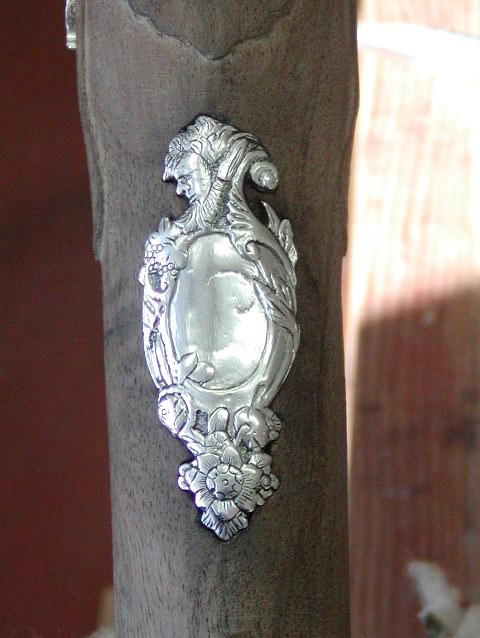
Wrist plate is done and inlet.
dave





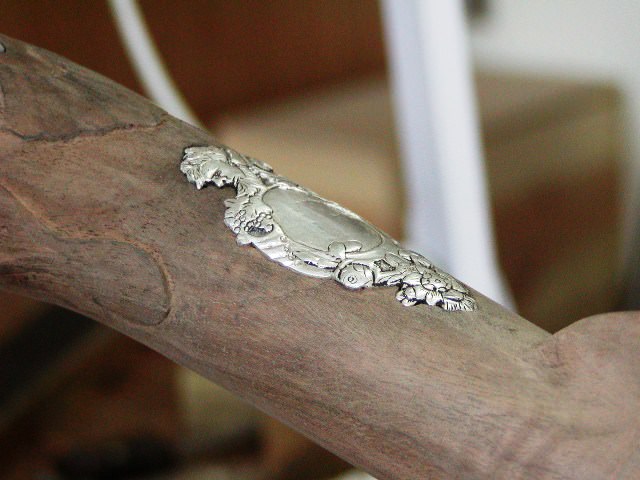
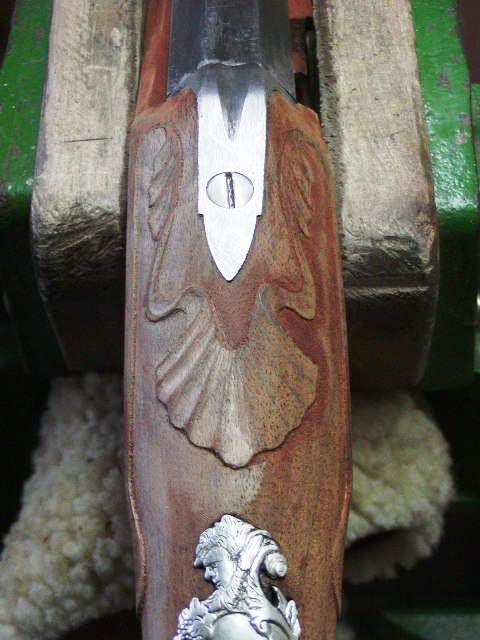
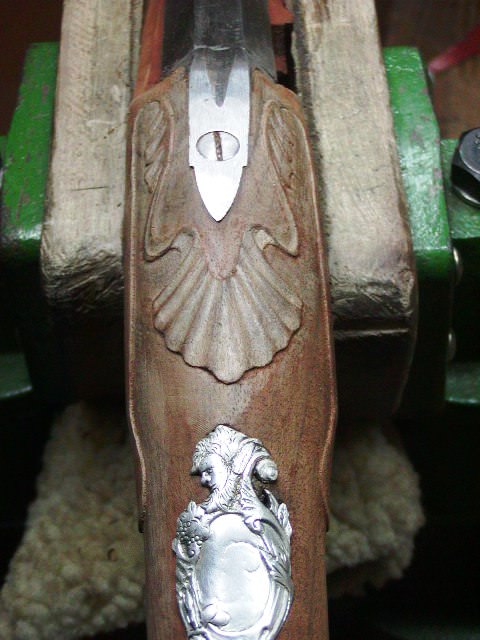
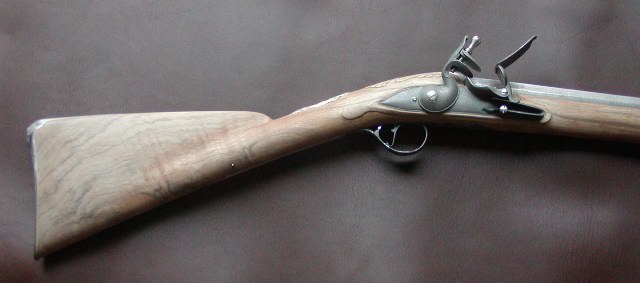
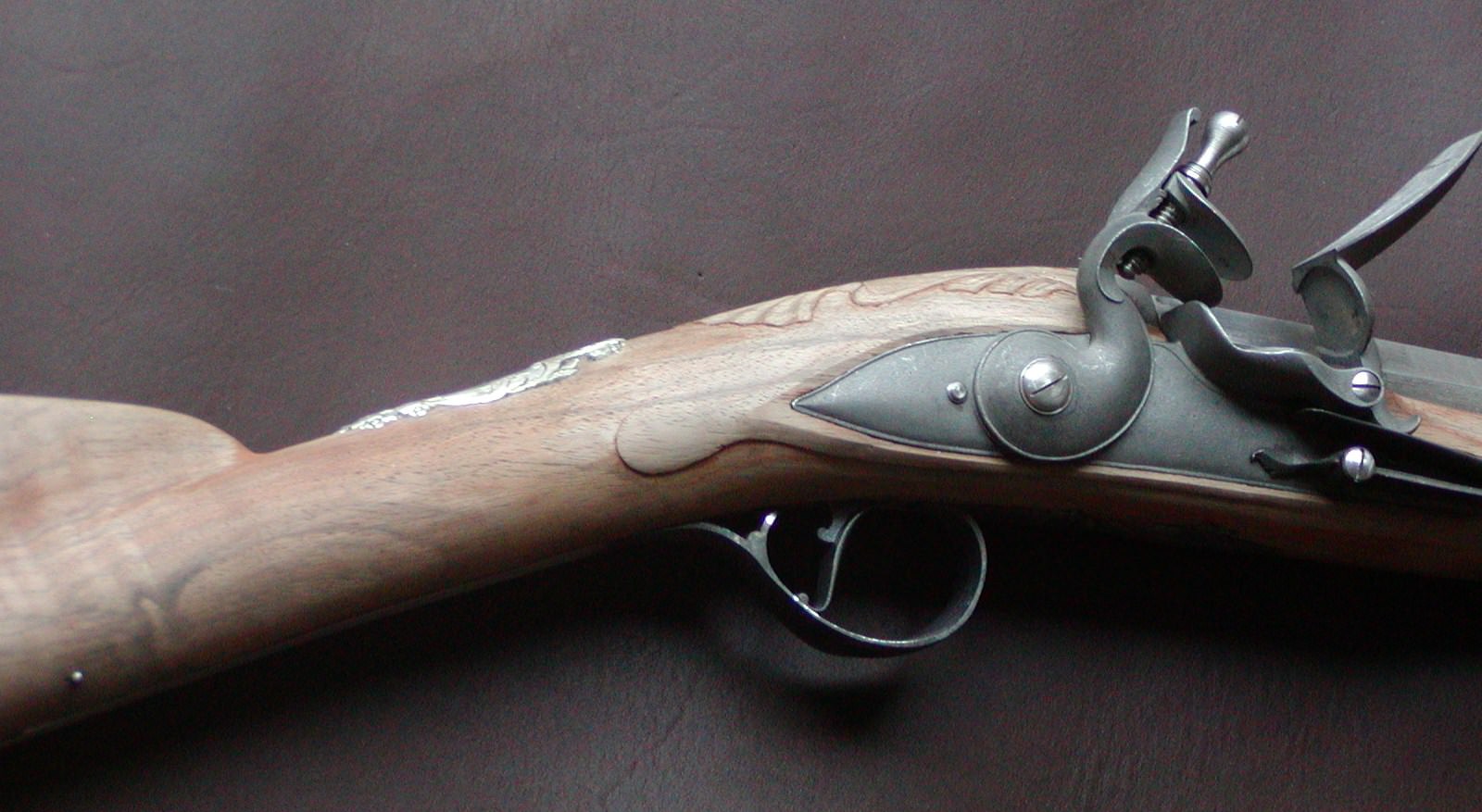
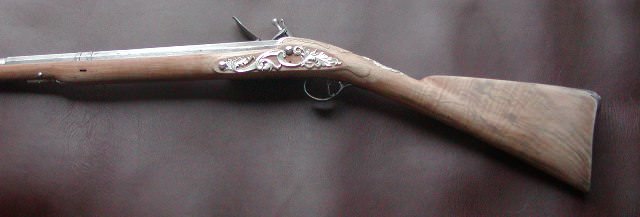
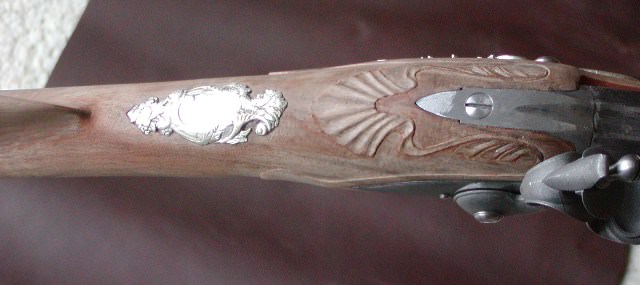
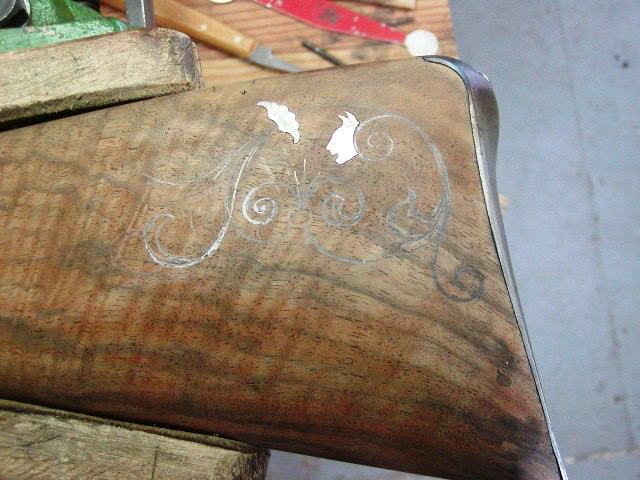
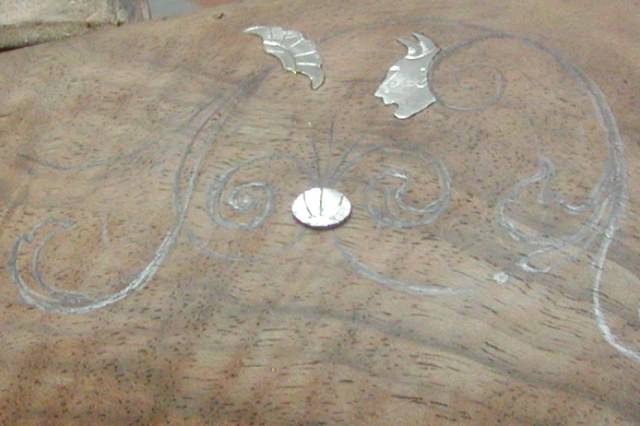
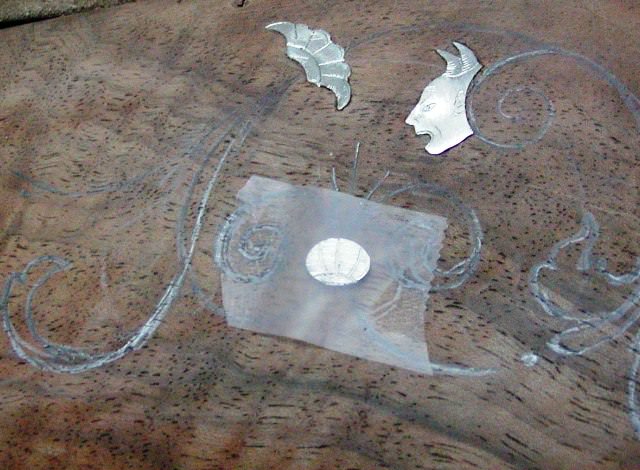
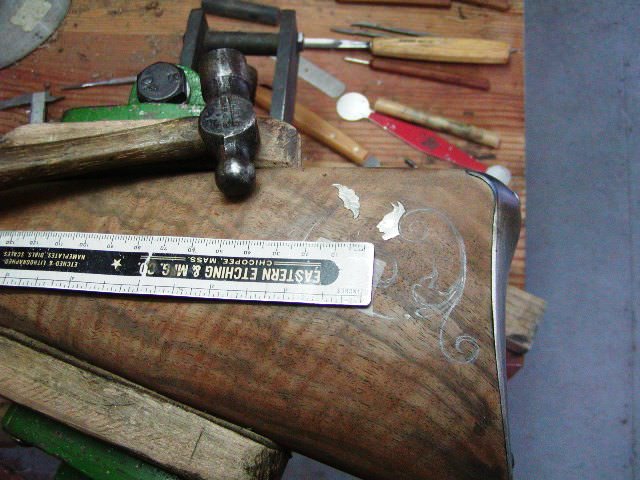
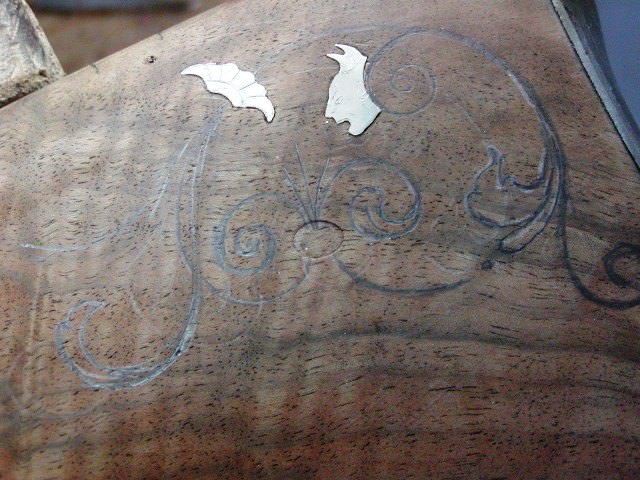
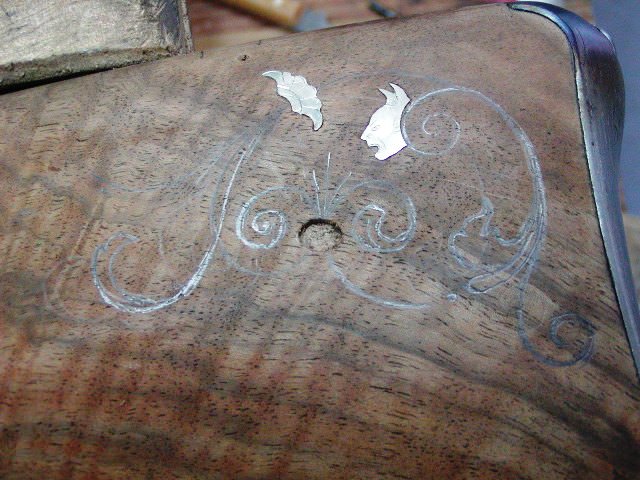
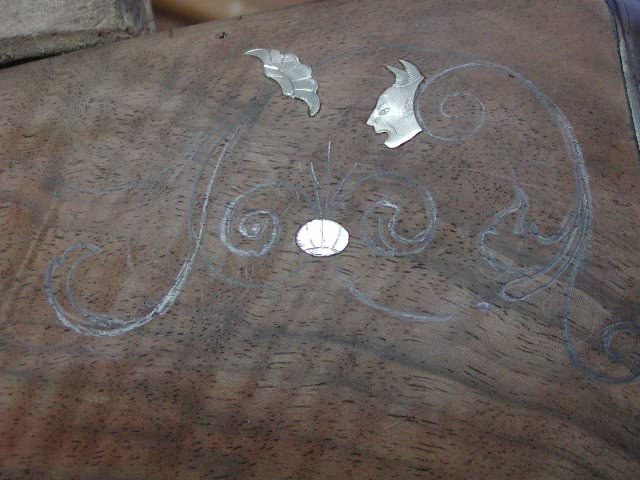
I just use my micro chisels to cut the mortice for the inlay.
 Should not have done that. A month or so later a genuine artisan wrote an article for MB that was dedicated to me explaining how to do inlays. Did I say that was embarrassing? :wink: :redface:
Should not have done that. A month or so later a genuine artisan wrote an article for MB that was dedicated to me explaining how to do inlays. Did I say that was embarrassing? :wink: :redface: 
Enter your email address to join: